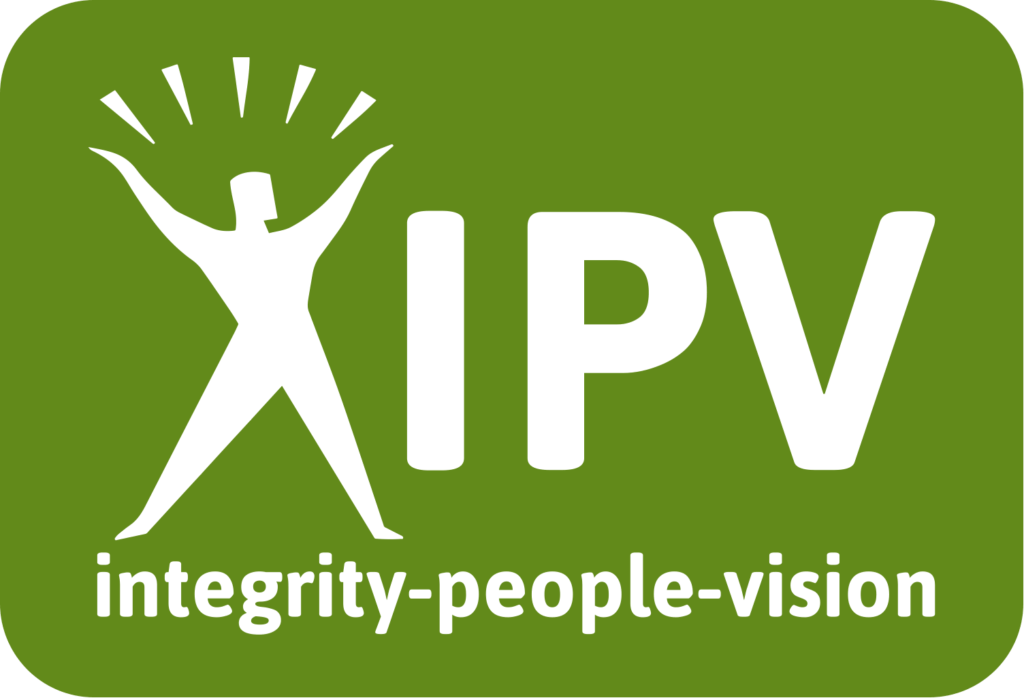A recent study was done on 50,000 employees to discover the association of vision and how it affects employee performance and engagement. Statistically, where the vision was not inspiring or it was not made clear, employees showed average engagement scores of only 16 percent. Furthermore, this study, conducted by Forbes, showed that where there was no vision ownership, the work became very mundane with low engagement, low productivity and poor morale. However, employees who were given a clear understanding of the vision and were inspired by it, were high producers with a strong sense of team and engagement levels of 68 percent. A dramatic difference!
10 Keys to Effectively Imparting the Vision
1. The Inspiring Nature of the Vision Itself
When you read a vision statement, it should inspire you and ignite interest immediately or at least create curiosity about the organization. It must intrigue employees, customers, investors and potential stakeholders. Effective vision statements explain the goals, benefits and influence an organization intends to represent to it’s employees, customers and community, creating value and interest.
2. Making the Vision Clear
When the Vision is Clear to the team, it creates an atmosphere of One Purpose, One Direction and One Common Goal. Often times leaders assume that employees know the vision and are clear on their role of forwarding the vision. This assumption can become destructive to morale and productivity. When the vision has never played a vital role in decision making processes, dysfunction, poor communication and uncertainty are inevitable. Organizations which leverage the vision consistently for operational and internal direction will experience Team Unity, Team Strength and Team Clarity.
3. Engage the Employees
In all research on vision vs. engagement, the data reflects a clear parallel of rise and fall. Those organizations that put in place effective employee engagement practices and initiatives would inevitably show a high level of vision ownership. When employees are involved in the processes, ideas and solutions consistently with autonomy, vision is agreed upon and acted upon by the majority of the team.
Nothing can disassemble the efforts of imparting a vision more than when the employees do not feel valued. Of all the tips offered in this article, this one is the most important
4. The Vision is Woven Through the Policies
When the vision is at the center of the design in protocol, direction, processes and even employee reviews, it not only steers the ship of the organization but it keeps the vision in front of the team. This approach causes it to be recognized as the compass on important matters, giving the vision respect and importance on a daily basis.
5. Excitement and Challenge is a Common Practice
For the team to really get on board with promoting the vision, leaders must offer opportunities that assimilate the feel of a winning team. When people sense that their work is leading to success and a contribution to worthwhile causes, they will rise to challenges and even embrace the opportunities of challenge.
6. Follow Through and a Written Plan
In order for employees to truly believe in the vision and the leadership of an organization, leaders must follow through on every decision and initiative or the vision becomes meaningless. Creating written plans and documenting all innovative concepts can prevent the lack of follow through as well as broken communications. This is a foundational key to vision impartation and without it, every new practice put in place is a waste of time.
7. Leaders Practice Authenticity and Autonomy
This practice is another foundational key to the success of vision impartation. Trust plays an enormous role in team buy in. If a leader lacks authenticity or constantly revokes the right of his employees to have autonomy in their job, the vision will not be supported but, instead it will be resisted.
8. Targeted Incentives and Recognition of Team Accomplishments
Positive reinforcement has always been a good mainstay for motivating employees to adopt certain goals or practices. However, they are only effective in the process if they are enticing, targeted and applied consistently with discretion. When incentives do not work, it is primarily because leaders either
overdo or underdo making the incentive pointless and ineffective. A good practice to remember when developing incentives or recognition programs is that it’s not always the monetary ones that work. Think creatively and collaborate with your team about what would be motivating and rewarding.
9. The Vision is Woven Through Meetings and Training
Facilitate interactive team training at meetings incorporating vision related exercises or activities. Adopt training policies which include clear objectives that will forward the vision.
10. Make Every Effort to Put People First
Nothing can disassemble the efforts of imparting a vision more than when the employees do not feel valued. Of all the tips offered in this article, this one is the most important. The common thread shared by all employees regardless of title, experience or background, is what I like to call, “Necessary Significance.” When employees sense they are valued, appreciated, accepted, empowered, engaged, and recognized for what they bring to the table. When they are allowed the autonomy to contribute using their own concepts, ideas skills and experience, loyalty is always the result…loyalty to the organization, it’s leadership and it’s vision.
When teams are valued, motivated, clear and equipped to own the vision, the speed and trajectory of all targeted initiatives becomes laser focused. The process can be summed up in three simple steps:
* Weave the Vision Through the Entire Fabric of an Organization
* Demonstrate Authentic and Consistent Value to Employees
* Engage and Empower Your Team at Every Opportunity





